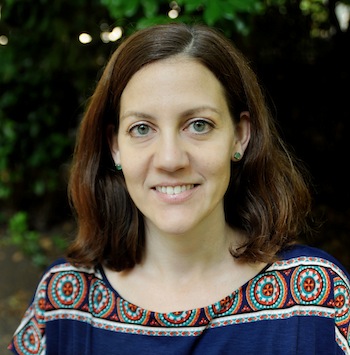Researchers find that mother-to-child transmission is responsible annually for up to five thousand new Hepatitis C virus infections among Egyptian children
January, 2015

Dr. Laith Abu-Raddad, principal
investigator of the study and
associate professor of public health
in the Infectious Disease
Epidemiology Group at Weill Cornell
Medical College in Qatar
Up to five thousand new Hepatitis C virus (HCV) infections occur in Egypt annually as a result of mother-to-child transmission, according to a new study by researchers from WCMC-Q and London School of Hygiene & Tropical Medicine in the UK.
Egypt has the highest infection level of the disease in the world. 14.7 per cent of the population carry HCV, with at least 100,000 new cases every year, but the proportion of these new infections that occur through different transmission routes is not well understood. This study is the first, for any country, to estimate the number of new cases of HCV as a consequence of mother-to-child (vertical) transmission. The authors estimated that in 2008, between three and five thousand new cases of the infection were caused by this transmission route, which can occur during pregnancy, child birth and the postpartum period from an infected mother to her child. In addition, the findings show that mother-to-child transmission is an important transmission route among children under five years of age, contributing between a third and a half of new cases in that age group in Egypt. These are some of the findings of the study, which has been published in the prestigious journal Hepatology.

Lenka Benova, lead author of the study and Research
Fellow at the London School of Hygiene & Tropical
Medicine and Weill Cornell Medical College in Qatar
Lenka Benova, lead author of the study and Research Fellow at the London School of Hygiene & Tropical Medicine and Weill Cornell Medical College in Qatar, said: “This is the first time we have been able to show how many babies are being infected with Hepatitis C virus every year in Egypt, and action needs to be taken to reduce the number of children becoming part of this devastating epidemic. We need to see faster evaluation of drugs that women can use during pregnancy to treat Hepatitis C, as well as interventions to provide treatment to women before they become pregnant.“
Dr. Laith Abu-Raddad, principal investigator of the study and associate professor of public health in the Infectious Disease Epidemiology Group at WCMC-Q said: “These results highlight a significant and previously poorly understood dimension of the large HCV epidemic in this country. This high number of transmissions to small children, with lifelong clinical and social consequences, demonstrates the need for appropriate public health interventions to tackle this aspect of the epidemic.”
The work described in the study was funded by Qatar National Research Fund (QNRF), a member of Qatar Foundation and by the Biostatistics, Epidemiology, and Biomathematics Research Core at the Weill Cornell Medical College in Qatar.
The study is available free-of-charge from the website of the journal Hepatology:
http://onlinelibrary.wiley.com/doi/10.1002/hep.27596/abstract
Key findings of the study
- The study estimated that 7% of currently married women in reproductive age had HCV viremia in 2008. This means that their children were at risk of vertical infection, which occurs during gestation and birth.
- Based on the number of births in Egypt, the study estimated that between three and five thousand children were vertically infected by HCV in 2008. This makes vertical transmission one of the primary HCV infection routes among children <5 years in Egypt.
- These new cases of HCV are a public health concern. Currently, no effective interventions are available to prevent mother-to-child transmission of HCV.
- These estimates are essential for health service provision in Egypt, but they also show that there is need to quantify the relative contributions of other transmission routes, which are responsible for the majority of all new HCV infections in Egypt.
